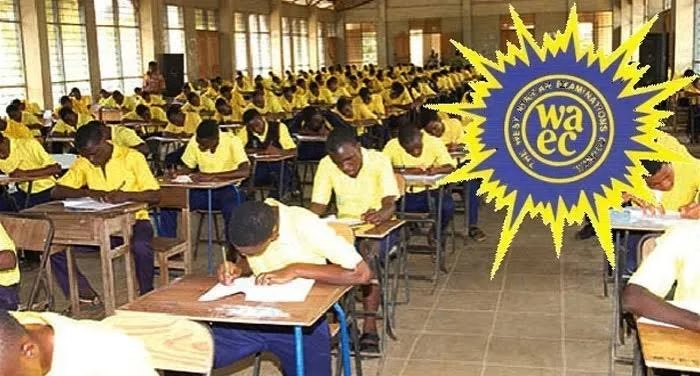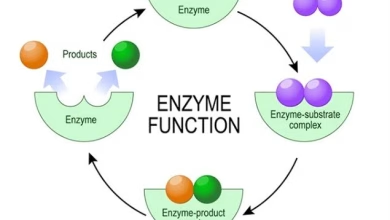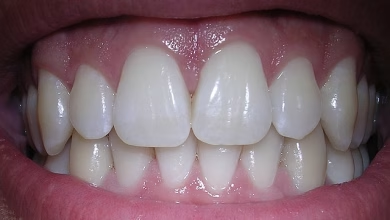
WAEC Data Processing Past Questions with Answers
Are you looking for a random questions on data processing? look no further, we have provided some questions with answers below. The questions are from 1 – 40 provided with solutions.
You can practice with the questions and master them, the theory link can be seen below. Comment and share your thoughts if you’d like to see more of this.
WAEC Data Processing Past Questions with Answers
1. Who developed the first digital electrical computer?
A. Blaise Pascal
B. Joseph Jacquard
C. Mauchly and Eckert
D. Von Leibniz
2. Which generation of computers made use of integrated circuits?
A. Fourth
B. Third
C. Second
D. First
3. Which of the following is an alphabetic data?
A. Bed
B. Ar44|j
C. AB+CD
D. 44
4. The type of data which consists of text, number, audio, video, graphics, and animation is called:
A. Data set
B. Multimedia data
C. Multi-purpose data
D. Multi-variable data
5. Which of the following factors is not considered when classifying computers?
A. Location
B. Size
C. Type
D. Purpose
6. Which of the following is not used for online shopping?
A. Master card
B. Credit card
C. Verve card
D. SIM card
7. Which of the following is a negative impact of ICT in education?
A. Plagiarism
B. Computer-based Test
C. Distance learning
D. Online collaboration
8. Which of the following are parts of a computer processor?
A. CPU and main memory
B. Control unit and ALU
C. Operating system and applications
D. Main memory and storage
9. Data gathering involves the following means except:
A. Counting process
B. Voting process
C. Measuring process
D. Calculating process
10. Two computers, X and Y, are such that the processor in X has a word size of 32 bits while that of Y is 16 bits. Which of the following statements is true?
A. X can process half as much data as Y at the same time
B. X can process the same amount of data as Y at the same time
C. X can process two times as much data as Y at the same time
D. X can process four times as much data as Y at the same time
11. The television set displays information as:
A. Antenna signals
B. Visual signals
C. Audio signals
D. Audio-visual signals
12. Which of the following is not an ancient medium for transmitting information?
A. Fire lighting
B. Beating of drums
C. Telephone
D. Whistling
13. A server is a computer that provides services to other computers called:
A. Clients
B. Peers
C. Routers
D. Switches
14. The rules for exchanging data on a network are known as:
A. Transmission rules
B. Transfer rules
C. Protocols
D. Configurations
15. A Search Engine is a:
A. Program that searches engines
B. Computer engine that searches a database
C. Hardware component of a computer
D. Tool that searches the web
16. The feature in a browser that enables users to open the latest copy of a web page is:
A. Refresh
B. Forward
C. Backward
D. Redirect
17. An operating system will perform the following functions except:
A. Files and folders management
B. Storage locations management
C. User profile creation
D. Protection from surge
18. A Microsoft Office application suite includes all the following except:
A. Word
B. CorelDraw
C. PowerPoint
D. Excel
19. Which of the following is not a feature on the drawing toolbar?
A. Oval shape
B. Drop Cap
C. Arc
D. Rectangle
20. In MS PowerPoint, controlling the order in which objects enter a slide and their manner of appearance is called:
A. Transition
B. Media
C. Clip Art
D. Animation
21. Which of these packages could be used by a Data Processing teacher to design a website for his school?
A. Front Page
B. PageMaker
C. PowerPoint
D. WordPerfect
22. In graphic packages, the process of removing an unwanted part of an image is known as:
A. Shaping
B. Resizing
C. Editing
D. Cropping
23. Routine check operations on computers in order to ensure continued functioning is known as computer:
A. Services
B. Repairs
C. Maintenance
D. Installation
24. The performance of a computer can be enhanced by:
A. Using a larger monitor
B. Using a faster printer
C. Increasing the memory size
D. Using a stylish keyboard
25. The moral principles that regulate the use of computers, accessories, and environment are called computer:
A. Ethics
B. Conduct
C. Attitude
D. Appreciation
26. Which of the following operations prevents file loss?
A. File backup
B. File conversion
C. File maintenance
D. File sorting
27. A technician can protect himself from electrostatic discharge by using:
A. Wrist strap
B. Voltmeter
C. Screwdriver
D. Magnet
28. Computers store data as:
A. Folders
B. Files
C. Documents
D. Directories
29. A computer professional who studies an existing system with a view to evolving a computer-based system from it is a:
A. System analyst
B. System administrator
C. Computer programmer
D. Computer engineer
30. Computer viruses cannot be transmitted by:
A. Downloading files
B. Email attachment
C. Typing on a keyboard
D. Using pen drives
31. A program designed to detect and prevent malicious programs from a computer system is:
A. Spyware
B. Passcode
C. Malware
D. Firewall
32. In the relational model, a tuple is:
A. A column of a table
B. A key of a table
C. A row of a table
D. A two-dimensional table
33. Relationships between tables in a relational model are created by:
A. Foreign keys
B. Determinants
C. Composite keys
D. Candidate keys
34. The records of students in a school are kept in order of their arrival. What file access method would be used to access a student’s record if the latest record would first be retrieved?
A. Direct
B. Indexed
C. Batch
D. Sequential
35. The prevention of data from corruption and unauthorized access is a function of data:
A. Security
B. Secrecy
C. Integrity
D. Access
36. Which of the following defines a heterogeneous distributed database?
A. Same DBMS is used at each location but data are not distributed across all nodes
B. Same DBMS is used at each location with data distributed across all nodes
C. Different DBMS is used at each location and data are not distributed across all nodes
D. Different DBMS is used at each location and data are distributed across all nodes
37. Data validation refers to:
A. Ensuring data is accurate and complete
B. Removing duplicate data
C. Storing data securely
D. Classifying data
38. Which of the following is **not** a source of data collection?
A. Observation
B. Interview
C. Experiment
D. Classification
39. Which of the following is true about digital computers?
A. They consist of magnetic core memory
B. They recognize data as a continuous measurement of a physical quantity
C. They represent numbers through a string of binary digits
D. They are mainly used for scientific purposes
40. Facebook, Twitter, and WhatsApp are examples of:
A. Social media
B. Social communication
C. Networking media
D. Search engines
WAEC Data Processing Answers
1. C
2. B
3. A
4. B
5. A
6. D
7. A
8. B
9. D
10. C
11. D
12. C
13. A
14. C
15. D
16. A
17. D
18. B
19. B
20. D
21. A
22. D
23. C
24. C
25. A
26. A
27. A
28. B
29. A
30. C
31. D
32. C
33. A
34. D
35. A
36. D
37. A
38. D
39. C
40. A


